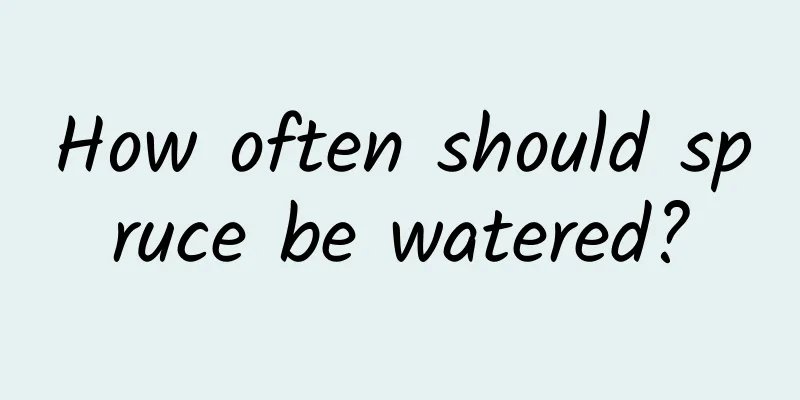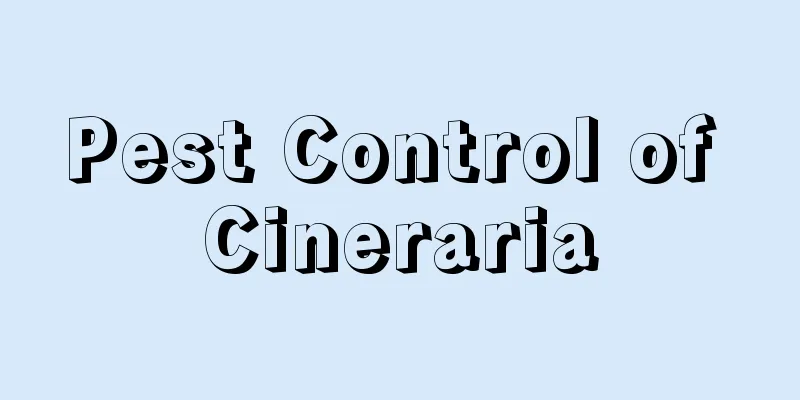How to plant exclusive spring seeds

Introduction to Seed PropagationAs a type of orchid, like other orchids, Duzhanchun is not suitable for propagation by sowing. This is because its seeds are very small, and the seed coat is thick and waxy, making it difficult for it to absorb water. In addition, its intraspecific structure is not complete, the embryo development is not complete, the embryo is not mature, and it lacks nutritional support. This makes it difficult to germinate using normal sowing methods. Another reason is the lack of orchid bacteria. Orchid fungus is a fungus that lives with orchids. It can invade the roots of orchids with its mycelium and form a symbiotic relationship with the orchids. Orchids can obtain nutrients and water from it, and it can also absorb carbohydrates and other substances from the orchid plant. In addition, it can also provide some substances that are lacking inside the seeds for use when the seeds germinate. Family sowingWhen planting Duzhanchun by sowing, the first thing to do is to solve the problem of insufficient germination ability of its seeds. Therefore, we can choose some planting soil containing orchid fungi for planting. First, choose a flower pot of appropriate size and put the prepared planting soil into it. The planting soil should have good air permeability, which is conducive to seed germination. The fertility of the planting soil should be appropriate, not too much. Place the seeds on the surface of the planting soil, and then cover them with planting soil to immerse them in the soil. Because its seeds are very small, tools can be used when sowing to avoid damaging the seeds. The soil covering the seeds should not be too thick, about 1 cm is enough. Finally, you need to moisten the planting soil to provide it with good germination conditions. Laboratory seedingWhen sowing seeds in the laboratory, a culture medium can be used to provide the nutrients needed for seed germination. First, soak the seeds in 10% sodium hypochlorite solution for 5 to 10 minutes to weaken the seed coat and increase the permeability of required nutrients. Then wash with pure water and dry. Then spread it on a container containing culture medium and culture it in a dark room at 25°C. After it germinates, move it under the light to form bulbs for sowing. |
<<: How to plant Guangdong evergreen seeds
>>: How to plant Phoenix bamboo seeds
Recommend
What are the benefits of using yeast powder to water flowers?
Yeast powder is very good for watering flowers be...
How to propagate the succulent Lover's Tears and what to pay attention to
How to breed succulent lover's tears The ways...
When is the best time to take cuttings of Lantern Flower? Cutting methods and time
Lantern flower cutting time It is necessary to ch...
The difference between Magnolia grandiflora and Magnolia grandiflora
the difference First of all, I would like to popu...
The cutting method of Euphorbia pulcherrima The cutting planting method and time of Euphorbia pulcherrima
The rooting survival rate of Euphorbia cerasifera...
What are the techniques for growing peanuts to achieve high yields?
Peanuts are a popular food that can be eaten not ...
How to grow green radish more vigorously
1. Maintenance methods of soil culture 1. Soil: I...
What is the appropriate temperature for watermelon cultivation? What are the suitable temperatures and requirements for watermelon growth?
Temperature requirements for watermelon cultivati...
How to grow monkey orchid
1. Maintenance methods 1. Temperature: The temper...
Is it normal for orchid leaves to curl after being potted? How to deal with it after potting
1. Is it normal? It is normal for leaves to curl ...
What to do when the lucky flower withers
1. Prune the plants After the lucky charm flower ...
How to prune pepper trees
When to prune pepper trees The Sichuan pepper tre...
How to propagate Schefflera (how to make Schefflera cuttings have a high survival rate and fast rooting)
Schefflera, also known as "Schefflera",...
How to propagate goldfish flowers by cuttings?
The goldfish flower has won the love of many flow...
Does Lisianthus prefer shade or sun?
Does Lisianthus prefer shade or sun? Lisianthus i...









